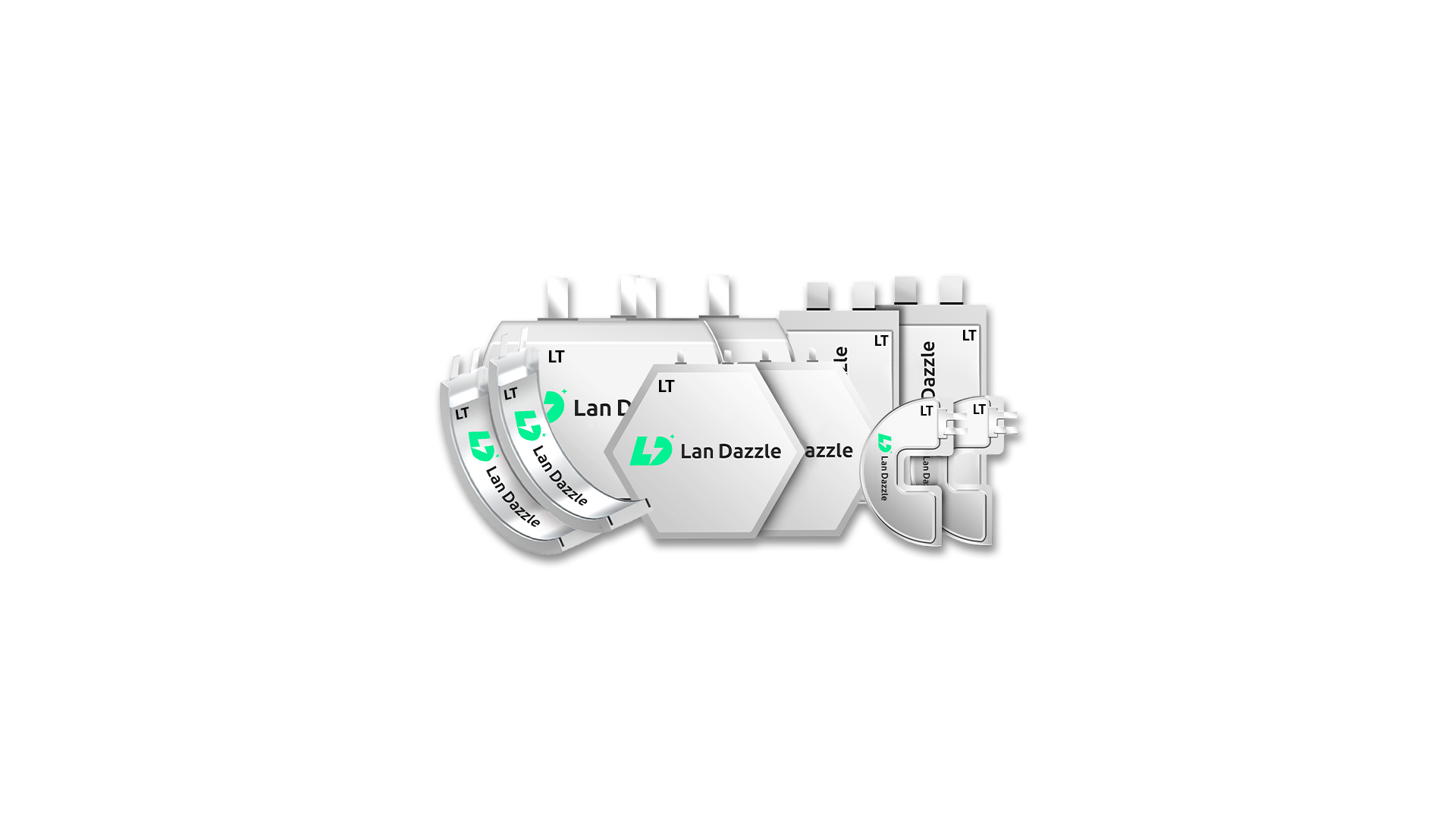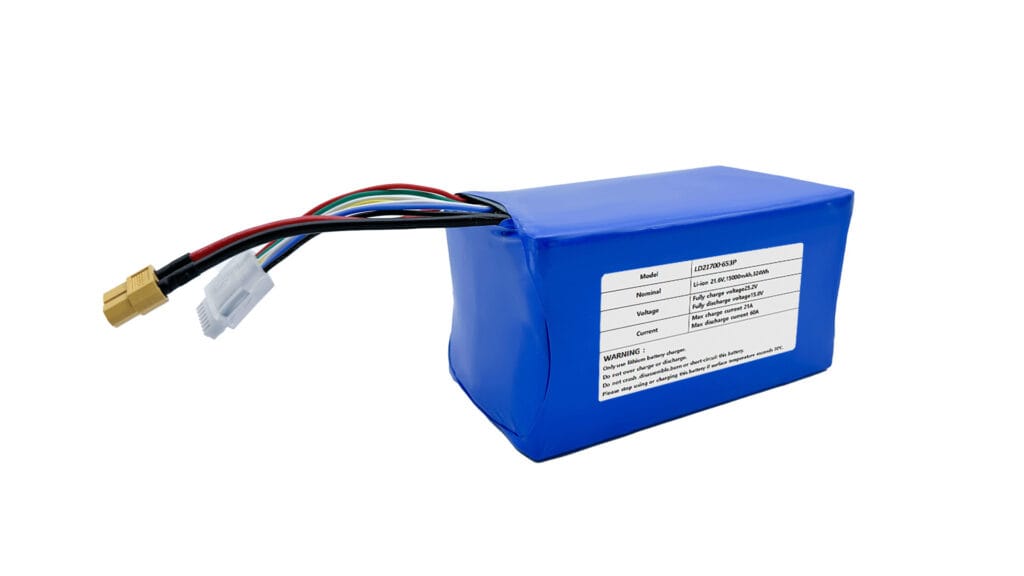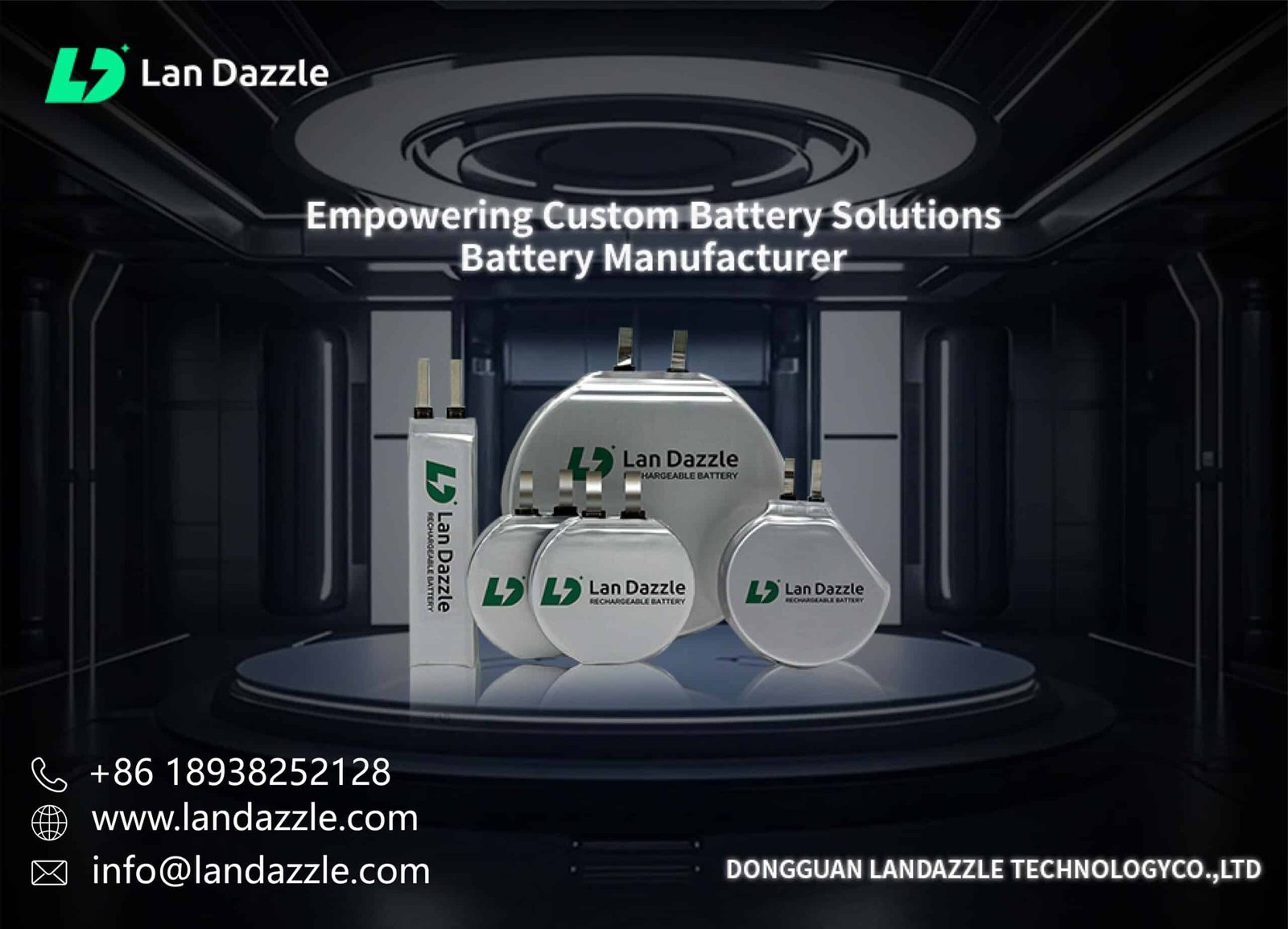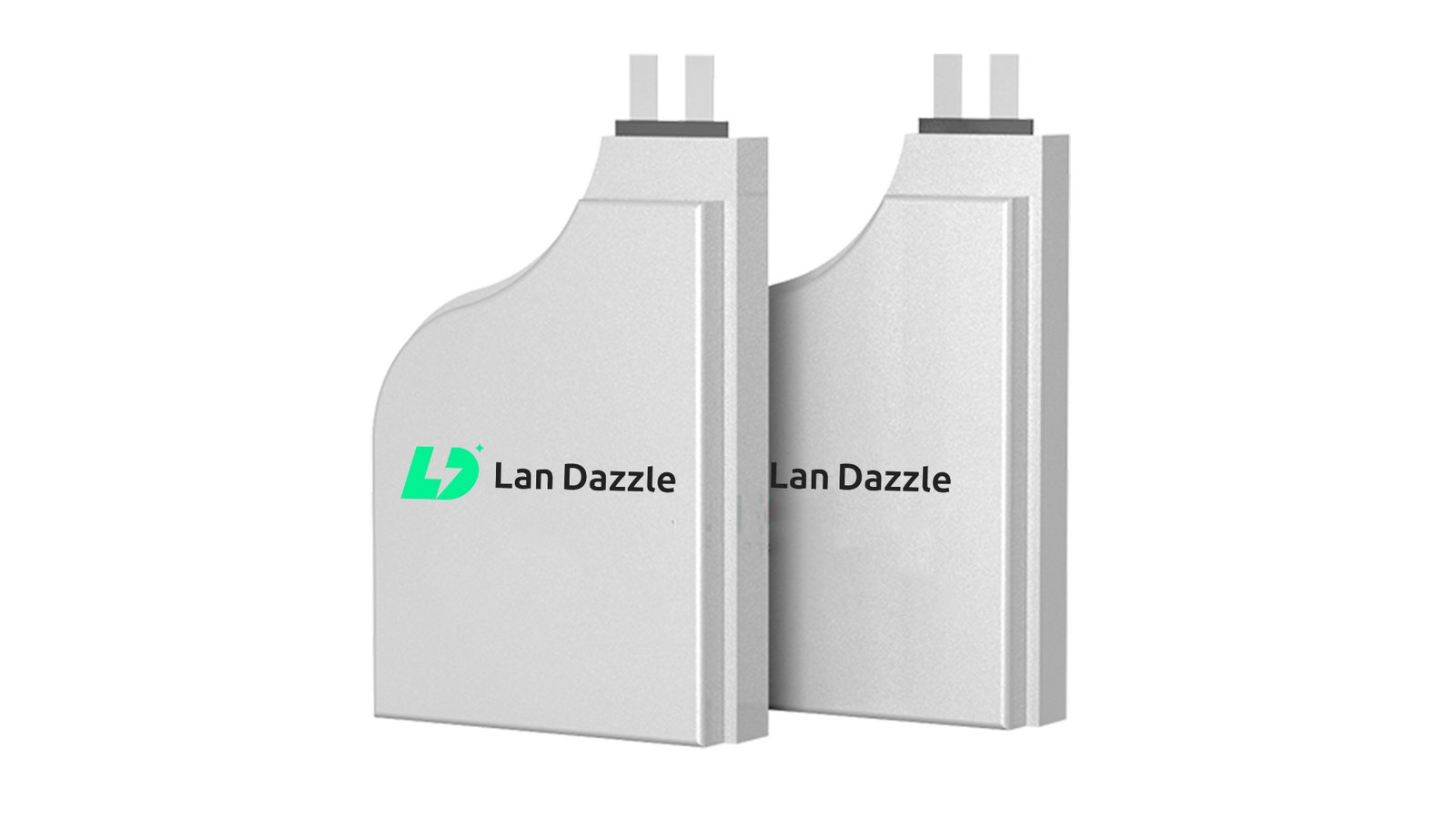Introduzione
Smart rings are redefining wearable technology by combining powerful features—like health tracking, sleep monitoring, contactless payments, and notifications—into a sleek, discreet form. Unlike smartwatches, they offer seamless daily integration without drawing attention.
However, their compact size creates a major challenge: delivering reliable, long-lasting power. The need for continuous functionality clashes with limited space for traditional batteries. As a result, energy solutions for smart rings devices have become a key focus, driving innovation in miniaturized batteries, wireless charging, and energy harvesting. This article explores these solutions and the future technologies set to transform how smart rings operate and enhance user experience.
Why Energy is Critical for Smart Rings
Smart rings are attractive because they are small, sleek, and stylish. But inside these tiny devices is a powerful system of electronics that constantly collects and sends data. This creates a serious power problem. Unlike smartphones or even smartwatches, which have enough space for larger batteries, smart rings must fit everything—including the battery—into a tiny space just a few millimeters thick.
Even though smart rings are small, they are expected to do a lot. Many include advanced sensors like:
-
PPG sensors to measure heart rate and blood oxygen
-
Accelerometers and gyroscopes for movement tracking
-
Temperature sensors for health insights
-
NFC for payments and access
-
Bluetooth for connecting to phones or other devices
All these features use power, especially when running continuously for 24/7 health monitoring. This puts a lot of pressure on the tiny battery inside the ring.
The smart ring market is growing fast. In 2024, it was worth about $340.9 million, and it’s expected to grow to $2.5 billion by 2032, con un CAGR of 29.3%. This growth shows how much people want wearable devices that track health all the time—which means smart rings need better batteries more than ever.
What makes things even harder is that people want to wear their smart rings all the time, even while sleeping. They don’t want to take them off every day to charge. In fact, surveys show that 75% of users care most about health and fitness tracking in their wearables—something that needs the ring to stay on and powered nonstop.
Current smart rings like the Oura Ring o Samsung Galaxy Ring can last 4 to 7 days on a single charge. That’s good, but still means users must take them off to recharge regularly. The goal now is to find smarter, more efficient battery solutions that can keep up with the demand for “always-on” wearables.
Current Battery Technologies Driving Smart Rings
The quest for longer battery life in smart rings begins with the battery itself. Manufacturers are pushing the boundaries of chemical and physical battery design to maximize energy storage within the smallest possible footprint.
Lithium-Ion Polymer (LiPo) Batteries: The Industry Standard Currently, the vast majority of smart rings rely on customized Lithium-Ion Polymer (LiPo) batteries. The primary advantage of LiPo technology for smart rings is its inherent flexibility, allowing batteries to be manufactured in various shapes, including curved or ultra-thin designs that conform to the ring’s circular form factor. This adaptability is crucial for optimizing the limited internal space.
These batteries, despite their small size, offer a high energy density, meaning they can store a significant amount of power relative to their volume. Typical smart ring LiPo capacities range from 15mAh to 24mAh, a testament to the engineering feats required. However, LiPo batteries also come with limitations, including a natural degradation over time (reducing capacity after numerous charge cycles) and, in rare instances, safety concerns if not manufactured or handled correctly. Companies specializing in custom LiPo batteries are pivotal in addressing these challenges, focusing on innovative production methods to enhance performance and fit.
LanDazzle: Powering Smart Rings with Custom LiPo Solutions Responding directly to the critical demand for specialized power solutions in smart rings, LanDazzle has emerged as key innovators in the custom LiPo battery sector. We specializes in designing and manufacturing highly customized lithium-ion polymer batteries specifically tailored for the unique requirements of smart rings.
Our approach directly addresses the core challenges of miniaturization and continuous power demands:
- Precision Form Factors: LanDazzle excels at creating ultra-thin, curved, and even irregularly shaped LiPo batteries that perfectly conform to the extremely confined and often circular internal space of smart rings. This customizability is crucial for maximizing battery volume without compromising the ring’s ergonomic design or aesthetic appeal.
- Maximized Energy Density: Through advanced material science and sophisticated manufacturing processes, LanDazzle focuses on achieving the highest possible energy density within these minuscule dimensions. This means packing more mAh into every cubic millimeter, directly translating to longer battery life for the end-user.
- Enhanced Reliability and Safety: Given that smart rings are worn continuously on the body, safety and consistent performance are paramount. LanDazzle emphasizes stringent quality control, incorporating robust safety features and ensuring stable performance over numerous charge and discharge cycles, which is critical for the long-term reliability of these devices.
- Collaborative Design: LanDazzle works closely with smart ring manufacturers from the initial design phase, providing bespoke power solutions that integrate seamlessly with the ring’s electronics and thermal management systems, enabling advanced features and optimal user experience.
By focusing on these custom solutions, LanDazzle helps smart ring developers overcome the inherent power limitations, allowing for the integration of more sophisticated sensors and functionalities, ultimately pushing the boundaries of what these discreet wearables can achieve. If you have any needs, feel free to contact us today a info@landazzle.com per discutere di come le nostre soluzioni di batterie LiPo flessibili e personalizzate possano soddisfare le vostre esigenze specifiche.
Advancements in Micro-Battery Design To further optimize energy storage, battery manufacturers are constantly refining internal battery architecture. Two main production processes dominate the smart ring battery landscape: stacking and winding. The stacking process involves layering electrode materials, which allows for more efficient space utilization and can produce a more aesthetically pleasing, tightly sealed curved battery without compromising integrity.
In contrast, the winding process, while common for cylindrical batteries, can lead to internal structural damage or wrinkles when forcibly bent into an arc, potentially reducing capacity and lifespan. Furthermore, innovations in anode and cathode materials are enhancing energy density. The exploration of silicon-carbon anodes, for example, is a significant advancement. Silicon has a much higher theoretical capacity for lithium-ion storage than traditional graphite, promising substantially greater energy density. While still in various stages of research and commercialization, these material improvements are critical for future gains in smart ring battery life.
The Promise of Solid-State Batteries Perhaps the most transformative development on the horizon for smart ring power is the advent of solid-state batteries. Unlike conventional LiPo batteries that use a flammable liquid electrolyte, solid-state batteries utilize a solid electrolyte, offering several compelling advantages.
Firstly, they boast significantly higher energy density, meaning they can pack more power into the same minuscule space, leading to dramatically extended battery life. Secondly, their solid construction inherently improves safety by eliminating the risk of leaks or thermal runaway associated with liquid electrolytes. Thirdly, solid-state batteries generally exhibit faster charging capabilities and a longer lifespan, with less degradation over time.
Leading the charge in this area, Samsung is reportedly planning to equip future iterations of its Galaxy Ring with solid-state batteries, targeting an impressive energy density of 360Wh/L. This would be a substantial leap from current capabilities and could position the Galaxy Ring as a pioneer in wearable battery technology. Another major breakthrough came from TDK, a key Apple battery supplier, which announced a solid-state battery technology achieving 100 times the volumetric energy density of its current solutions. While these technologies are still maturing, their integration into smart rings promises to revolutionize not only battery life but also the safety and overall longevity of these devices, paving the way for truly “set it and forget it” wearables.
The Dawn of Energy Harvesting: Self-Sustaining Smart Rings
While battery advancements are crucial, the ultimate goal for many in the wearable tech industry is to create devices that are, at least partially, self-sustaining. This is where energy harvesting comes into play – the ingenious process of converting ambient environmental energy into usable electrical power. For a device worn on the human body, the potential sources are abundant and continuous.
Thermoelectric Generators (TEG): Body Heat as Power The human body is a constant source of heat, and thermoelectric generators (TEGs) are designed to convert temperature differentials directly into electrical energy. For a smart ring, this means harnessing the difference in temperature between the wearer’s skin and the surrounding ambient air. While the temperature differential across a finger might seem small, with continuous wear, even a modest conversion rate can provide a trickle of power, supplementing the main battery and extending its life.
The challenge lies in miniaturizing TEG technology to fit within a ring’s form factor while maintaining sufficient efficiency. Researchers are exploring advanced nanomaterials and novel thermoelectric modules that can generate meaningful power from small temperature gradients. While a smart ring cannot be fully powered by body heat alone with current technology, ongoing research aims to improve efficiency to the point where TEGs can significantly reduce charging frequency. Academic studies and prototype devices demonstrate the viability of TEGs for low-power wearable applications, paving the way for future integration.
Kinetic Energy Harvesting: Harnessing Movement Our daily lives are full of motion – walking, gesturing, typing, and even subtle finger movements. Kinetic energy harvesting technologies aim to capture this mechanical energy and convert it into electricity. This can be achieved through various principles, most commonly piezoelectricity (where certain materials generate an electric charge when subjected to mechanical stress) or electromagnetism (where a magnet moving through a coil generates current).
For smart rings, the potential is vast. Micro-electromechanical systems (MEMS) are being developed to create tiny, efficient kinetic energy converters that can respond to the natural movements of a finger or hand. Imagine a smart ring that gains a small charge with every flick of the wrist or tap of a finger. Researchers at institutions like the National Institute of Standards and Technology (NIST) have published studies on kinetic-based micro energy-harvesting for wearable sensors, demonstrating its promise for prolonging operational lifetimes. While the power output from kinetic harvesting is typically low, it can be continuous, making it an ideal supplementary power source for low-power sensors or for maintaining background functions.
Other Emerging Energy Harvesting Methods Beyond body heat and movement, other experimental energy harvesting methods are being explored for miniaturized devices like smart rings:
- Solar Power: While challenging due to the limited surface area of a ring and the need for constant exposure to light, miniaturized photovoltaic cells could be integrated into the ring’s design to capture ambient light. The aesthetic integration and efficiency in varying light conditions remain significant hurdles.
- RF Energy Harvesting: This method involves converting ambient radio frequency (RF) waves (from Wi-Fi, cellular networks, etc.) into electrical power. While the power output is typically very low and highly dependent on proximity to strong RF sources, it presents a fascinating possibility for opportunistic charging in dense urban environments.
- Bio-fuel Cells: This highly experimental field explores generating electricity from biochemical reactions within the body, such as glucose oxidation. While still largely in the research phase and facing significant bio-compatibility and longevity challenges, bio-fuel cells represent a long-term vision for truly body-powered electronics.
The future of smart ring energy likely lies in hybrid energy harvesting systems that combine multiple sources – perhaps a primary solid-state battery supplemented by continuous kinetic and thermoelectric energy harvesting. This multi-pronged approach could lead to devices that rarely, if ever, need conventional charging, offering unparalleled user convenience.
Advanced Charging Solutions and Power Management
Even with revolutionary battery and energy harvesting technologies, efficient charging and intelligent power management remain crucial for optimizing smart ring performance and user experience.
Optimized Wireless Charging Wireless charging has become the standard for smart rings due to their small size and lack of physical ports. Most smart rings use inductive charging, where electromagnetic coils in the ring and its charging dock transfer energy. Recent advancements focus on optimizing these coils for higher efficiency and faster charging times. Some devices are also exploring resonant wireless charging, which offers more flexibility in positioning and potentially longer charging distances, though it’s less common for ultra-compact devices. Many smart rings now come with portable charging cases that extend the device’s battery life significantly, allowing users to recharge on the go without a power outlet.
Intelligent Power Management Systems Beyond the battery itself, the way a smart ring manages its power is paramount. Intelligent power management systems are sophisticated algorithms and hardware components designed to optimize energy consumption. This includes:
- Low-power Chipsets: Utilizing processors and components specifically designed for minimal energy drain.
- Efficient Sensor Usage: Smart rings don’t need all sensors running at maximum capacity all the time. Intelligent systems can adaptively adjust sensor polling rates based on activity, sleep state, or user preferences. For example, heart rate monitoring might be continuous during exercise but less frequent during sedentary periods.
- Sleep Modes and Adaptive Power Scaling: When inactive or during periods of low data collection, the ring can enter deep sleep modes, significantly reducing power draw. Adaptive power scaling dynamically adjusts the power supplied to different components based on demand.
- AI-Driven Optimization: The integration of artificial intelligence (AI) is beginning to revolutionize power management. AI algorithms can learn user patterns and predict when certain features or sensors are needed, pre-optimizing power consumption. For instance, AI could anticipate a user’s sleep schedule and prepare the ring for low-power sleep tracking, or detect an impending workout and ramp up sensor readiness. This predictive power management minimizes waste and maximizes battery life.
Software Optimization and Firmware Updates The role of software in battery longevity cannot be overstated. Regular firmware updates from manufacturers often include crucial optimizations to power consumption. These updates can refine sensor algorithms, improve data processing efficiency, and enhance the overall energy management system. Users can also play a role in maximizing battery life by adjusting settings within the companion app, such as disabling continuous blood oxygen monitoring if not critically needed, or enabling “airplane mode” during periods of non-use (e.g., showering or swimming) to temporarily turn off Bluetooth activity and reduce passive power drain. These seemingly small software tweaks can collectively make a significant difference in the device’s operational endurance.
The Future Landscape: A Glimpse into Perpetually Powered Rings
The future of smart rings is pointing in one exciting direction: devices that power themselves. Thanks to ongoing breakthroughs in battery technology and energy harvesting, we may soon see smart rings that no longer need to be removed for recharging.
Combining Multiple Power Sources
The key to this future lies in combining different energy sources intelligently. Imagine a smart ring with a solid-state battery as the main power supply, which is constantly recharged by:
-
Body heat (thermoelectric)
-
Movement (kinetic energy)
-
Ambient light
This hybrid power system would allow smart rings to run continuously, making charging almost unnecessary. It would also improve the user experience by enabling true 24/7 use—ideal for health tracking, sleep monitoring, and seamless daily wear.
Remaining Challenges and Key Considerations
While this vision is promising, there are still major challenges:
-
Miniaturization: Making these energy systems small enough to fit in a ring is extremely difficult.
-
Costo: Advanced materials and manufacturing techniques are expensive, which could affect market accessibility.
-
Ethical and environmental issues: As devices become more connected to the human body, issues like data privacy, security, e electronic waste become more important.
Future development will need to carefully balance innovation, sustainability, and affordability.
Bigger Impact on Wearable Tech and IoT
Smart rings are not just an isolated product—they are a testing ground for the future of miniature, self-powered devices. The solutions developed for smart rings can be applied to:
-
Medical implants
-
Environmental sensors
-
Other small wearable devices
The broader wearable AI market is expected to hit $166.5 billion by 2030, growing at a CAGR of 30.4%. This shows a strong demand for smarter, more connected devices—devices that must rely on efficient, long-lasting, and intelligent power systems.
Conclusione
Finding the right way to power smart rings is part of a much bigger trend in tech: making devices smaller, smarter, and more independent. Smart rings are tiny, so they have very little space for batteries. Yet, users expect them to run all day, every day.
New battery technologies are helping solve this problem. For example, custom lithium polymer (LiPo) batteries, developed by experts like LanDazzle, are making it possible for rings to last longer between charges. Batterie allo stato solido are also showing great promise, offering more energy in a smaller and safer package.
Beyond better batteries, raccolta di energia is another exciting area. This includes capturing energy from body heat (thermoelectric) or movement (kinetic), so the ring can recharge itself while you wear it. Combined with smart ricarica wireless e AI-powered battery management, these technologies are turning smart rings into reliable, always-on health and wellness tools.
As power solutions improve, smart rings are becoming less like gadgets and more like natural extensions of ourselves—discreet, durable, and constantly connected.





